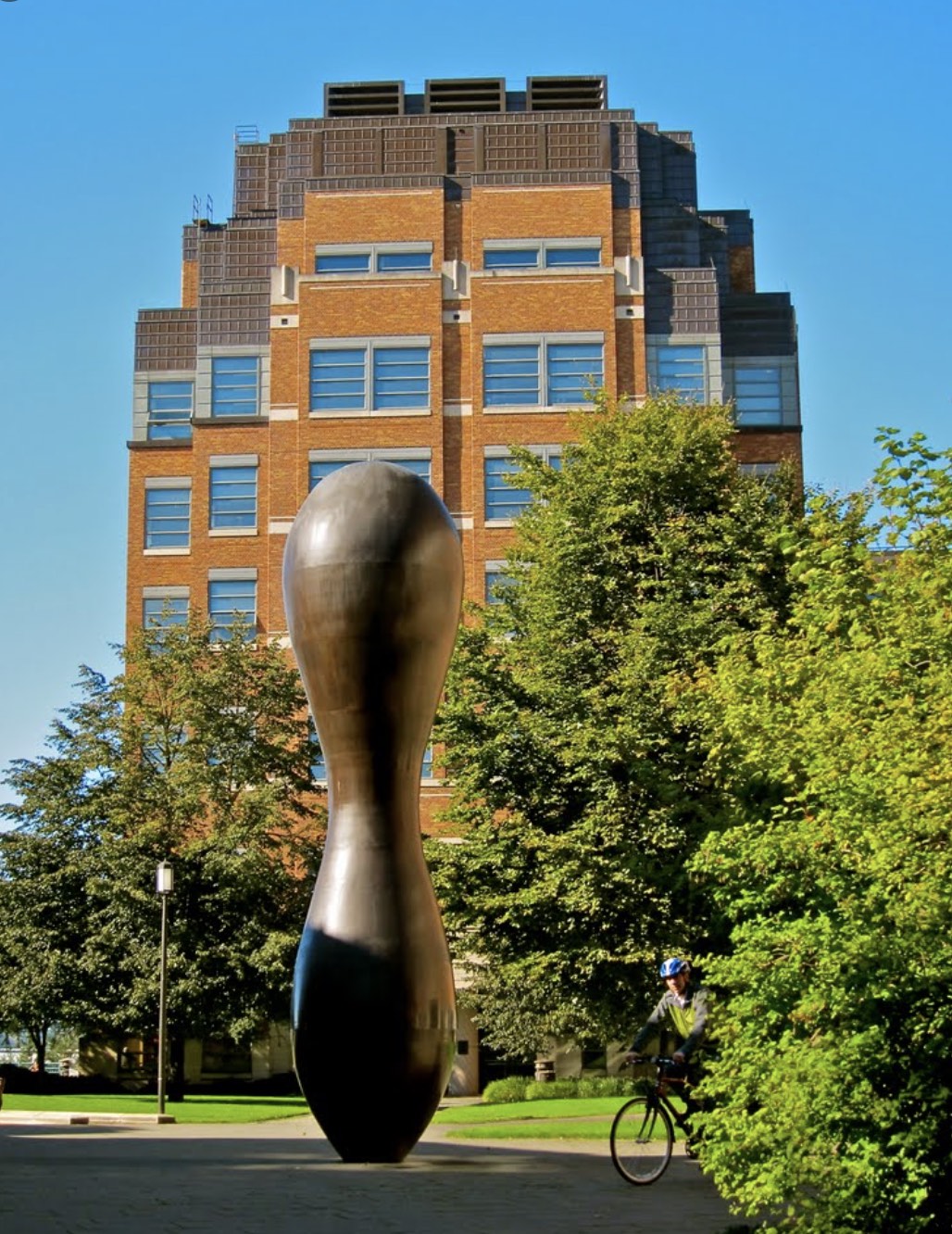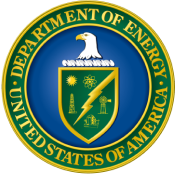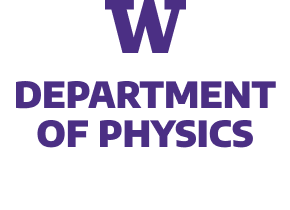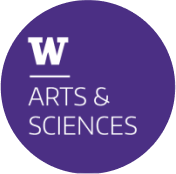
Co-Designing Topological Quantum Materials for Quantum Information Science

Robert G. Moore II, ORNL
Over the past decade, condensed matter physics has experienced a topological revolution driven by Dirac materials, whose unconventional band structures yield exotic fermion excitations such as Dirac, Weyl, chiral, and axionic states. Although these discoveries have spurred numerous theoretical predictions, strong electronic correlations and dimensional reduction complicate both fundamental understanding and experimental verification. In this talk, I will describe our efforts to realize and characterize idealized topological superconductors, crucial components for next-generation quantum technologies, using molecular beam epitaxy (MBE), spin- and angle-resolved photoemission spectroscopy (SARPES), and scanning tunneling microscopy (STM). In particular, I will show how manipulating the interfacial spin-electronic structure between an s-wave superconductor (FeTe 1-x Se x ) and a topological insulator (Bi₂Te₃) can support Majorana modes, focusing on the enhancement of superconductivity via Bi₂Te₃ reduction. I will also present new insights into 2D Weyl systems, exemplified by monolayer bismuthene on SnS(Se), where the bulk-boundary correspondence reveals a one-dimensional analog of a Weyl Fermi arc. Finally, I will discuss the outstanding challenge of demonstrating the non-Abelian nature of these modes, which requires fusion and braiding in device architectures. Because materials incompatible with standard nanofabrication can compromise quantum functionalities, a co-design framework, combining synthesis, fabrication, and simulation, is vital for integrating these exotic materials into future quantum technologies.




